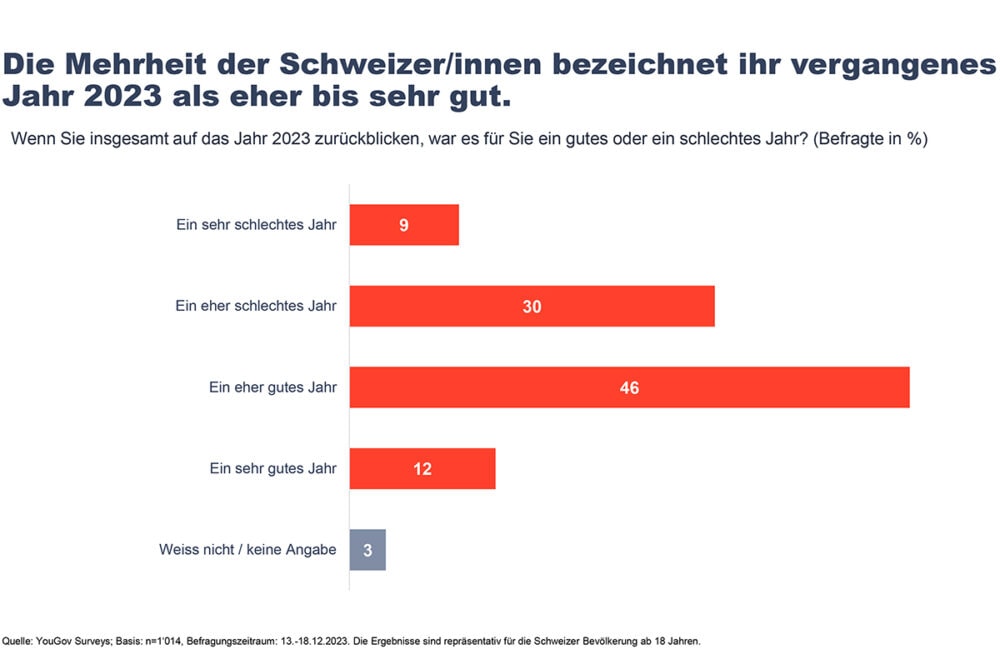HSLU project recycles old textiles into new clothes
Together with partners such as Coop, Rieter, Rohner Socks, Ruckstuhl, Nikin and others, HSLU is researching how old clothing can be recycled into new products.

In Switzerland, around 100 tons of used textiles end up in clothing collections every day. About half of this is resold and exported; the rest is processed into cleaning rags or incinerated. Textile designer Tina Tomovic from HSLU would like to change this and is researching with her team in the "Texcircle" project how the textile cycle can be closed. So that old sweaters, pants & Co. can be recycled again into new clothing or other high-quality products. Partners on board are Coop, Rieter, Rohner Socks, Ruckstuhl, Texaid, Workfashion, Federal Office for Civilian Service (ZIVI), Nikin, Tiger Liz Textiles. Texcircle was supported by the Swiss agency for innovation promotion Innosuisse.
Partners like Coop, Ruckstuhl & Co. on board
The textile industry is considered extremely resource-intensive. According to a sustainability action plan of the EU, textiles rank fourth in the consumption of raw materials and water, after food production, housing and transport. For the HSLU researcher, it's clear: "We have to recycle our old clothes much better than before and thus close the textile cycle."
The research project takes a close look at the entire recycling process chain, from the collection of the old textiles to sorting and subsequent mechanical shredding to the spinning of the raw material thus obtained into new yarns and nonwovens. The used textiles - a total of 2.5 tons of material - came mainly from the collections of the textile recycler Texaid. A central role in the project was played by the national and international business partners who processed the fibers, yarns and nonwovens into products.
The highlight of the two-year project was the production of several prototypes based on old textiles. For example, the Winterthur company Rieter produced yarn for a sweater from old jeans pants. The Zug-based workwear producer Workfashion, in turn, processed old pillows and comforter fillings into insulating linings for work vests - the project always required the product quality to be the same as for comparable textiles in stores.
Recycling carpet from Ruckstuhl
Meanwhile, the Ruckstuhl company in Langenthal, Bern, developed a recycled carpet for the home. Half of the yarn for it comes from worn wool coats. "We have been looking for ways to take a further step towards sustainability in our operations for some time," says Ruckstuhl's Managing Director Adrian Berchtold. The project therefore came at exactly the right time, he says. He explains, "The project results forced us to question which production steps for this new carpet were sustainable and which were not." Berchtold was particularly surprised to learn that washing old coats with water is more harmful to the environment than with chemicals: "The water consumption was simply too high. Paradoxically, in this case, it's more resource-efficient to clean the textiles with ozone." Ruckstuhl plans to produce the recycled carpet in small series from mid-2023.








